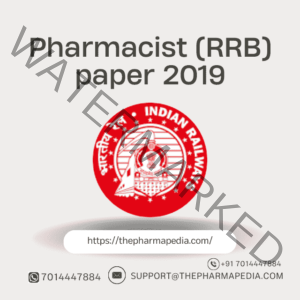Standard Treatment Guidelines (STG)
Systematically developed treatment protocols and prescribing policies designed to assist prescribers/practitioners in making decisions about the appropriate treatment and health care for specific clinical problem is termed as STG (Standard Treatment Guidelines).
Health systems, particularly in developing countries, are faced with growing health needs on one hand and limited resources on the other. Policy makers at various levels are therefore engaged in designing cost-effective health interventions that ensure accessible and affordable quality care for all, in particular the poor and vulnerable groups.
The Standard Treatment Guidelines is a tool to assist and guide prescribers (including doctors, medical assistants, and midwives), pharmacists, dispensers, and other healthcare staff who prescribe at primary care facilities in providing quality care to patients. The guidelines list the preferred treatments for common health problems experienced by people in the health system and were subjected to stakeholder discussions before being finalised to ensure that the opinion of the intended users were considered and incorporated.
STGs are based on systemic review of evidence based health care delivery system.
STGs helps to promote therapeutically effective and economically efficient use of medicines.
Along with essential medicines lists (EMLs) and formularies, STGs help promote rational medicine use.
STGs contain the list of the the pharmacological and non-pharmacological treatment guidelines for common health problems in a health system. The pharmacological treatment should include the name, dosage form, strength, average dose (pediatric and adult), number of doses per day, and duration of treatment.
Advantages of STG
Inappropriate prescribing is one of the manifestations of irrational medication use behaviour. It occurs when medicines are not prescribed in accordance with guidelines that are based on scientific evidence to ensure safe, effective, and economic use.
So effectively implementation of STG offers several advantages to patients, health care providers, supply management personnel and policy makers as follows:
- Patients
- Most cost-effective optimal therapy is provided.
- Better compliance through consistency among prescribers.
- Improvement in availability of drugs.
- Overall better quality of care.
- Health care providers
- Provides standardized guidance to practitioners
- Quality of care standard- based on expert consensus and basis for monitoring
- Utilizes only formulary or essential medicines, so the health care system needs to provide only the medicines in the STGs.
- Supply managers
- Identification of medicines to be available for the most commonly treated problems.
- Facilitation of prepackaging of course-of-therapy quantities of commonly prescribed
- items.
- Medicine demand more predictable, so forecasting more reliable
- Health care policy makers,
- Provides focus therapeutic integration of special programs (diarrhea disease control, acute respiratory infection)
- Provides a system for controlling cost by using funds more efficiently
Key features of a successful STG manual
Simplicity
The number of health problem is limited to commonly observed conditions. Each clinical condition list a few salient features with clear and concise information on pharmacological and non- pharmacological treatment.
Credibility
Guidelines developed by the most respected experienced clinicians in the country and revision is based on actual experience.
Treatment standards for all levels of health care facility
Health care providers use the same standard treatment; however, the referral criterion differs. While the first choice treatment for a patient depends upon the patient’s diagnosis and condition and not on the prescriber.
Medicine supply based on standards
The supply of medicines must match with the standard treatment and list of essential medicines.
Regular updating
Any change in the therapeutic options, bacterial resistance pattern should be incorporated in the revised version to reflect current recommendations.
User friendly
The STGs should be published as small, durable pocket manual which make it convenient to carry and use
Drawback of STG
- Establishing, developing and implementation of STGs is a difficult, lengthy and time consuming process.
- Moreover, it needs to be updated regularly to reflect changes in treatment strategies.
Also Read…
Rational use of Medicines | Pharmacotherapeutics
Essential Medicines List (EML)-Pharmacotherapeutics Notes
Join Our WhatsApp Group to receive the latest updates like Pharma Job notifications, study materials, admission alerts, Pharma News, etc
Join Our Telegram Group to receive the latest updates like Pharma Job notifications, study materials, admission alerts, Pharma News, etc
Join Our Telegram Group to Download Free Books & Notes, Previous papers for D.Pharm, B.Pharm, M.Pharm, Drug Inspector & GPAT……….


Comments are closed